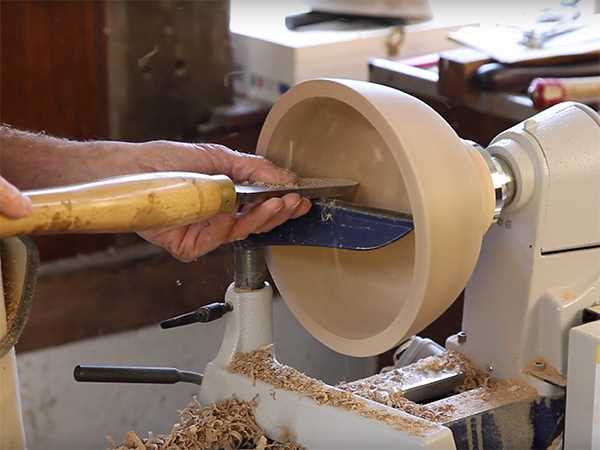How to turn a bowl on a lathe without a chuck – step-by-step guide

Turning bowls on a lathe is a popular woodworking technique that allows you to create beautiful and functional pieces. While a chuck is typically used to hold the bowl blank securely in place during the turning process, there may be times when you don’t have a chuck available. In this guide, we will show you how to turn a bowl on a lathe without a chuck, using alternative methods and tools.

Step 1: Selecting the Bowl Blank


















